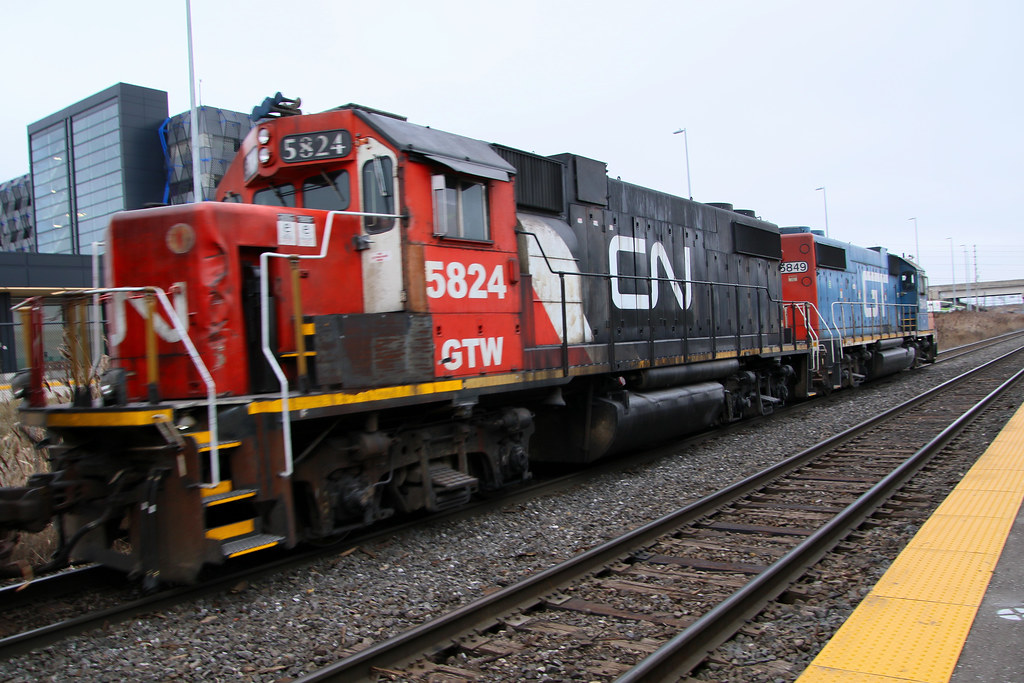Metroscapes
Active Member
This is a story out of Poland, but as we enter a new age of software being critical to anything and everything, I thought it'd be of interest.
Think of an MP40/54 bricking itself because GO sent it to a repair shop that wasn't run by MPI / Wabtec.

 gizmodo.com
gizmodo.com
Think of an MP40/54 bricking itself because GO sent it to a repair shop that wasn't run by MPI / Wabtec.

How a Group of Train Hackers Exposed a Right-to-Repair Nightmare
Polish hackers were hired to un-brick a train. Then the legal threats came. Now they're steering the right-to-repair movement right into Poland's train yards.






